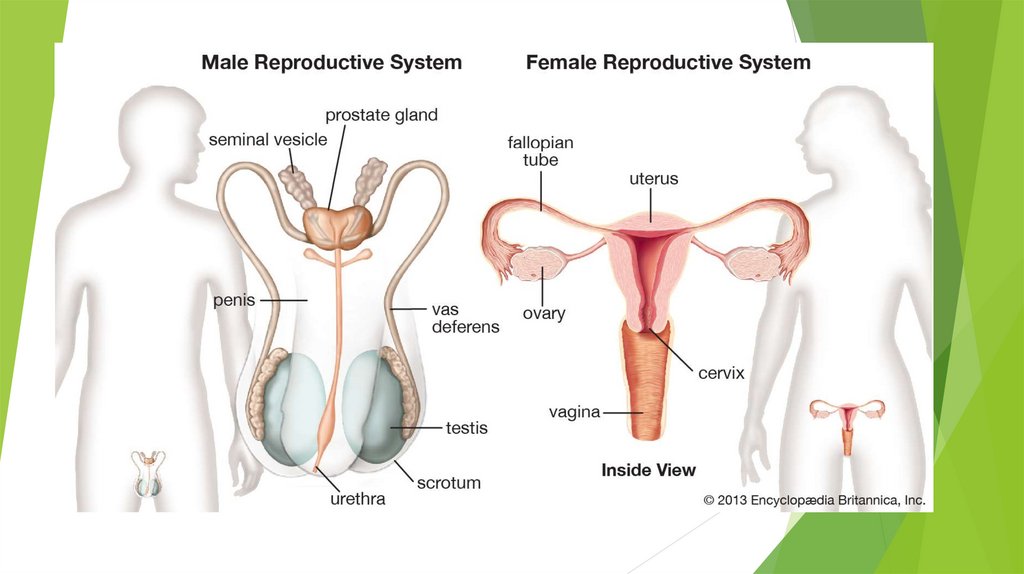Similar presentations:
Medical Academy named after S.I. Georgievsky of Vernadsky CFU
1.
Medical Academy namedafter S.I. Georgievsky of
Vernadsky CFU.
THEORY OF PHYLOEMBRYOGENESIS –
ANABOLISM
Scientific research advisor – Svetlana Smirnova
Made by – MEHAK MEHLA AND JYOTI PRIYA SINGH
2.
THEORY OFPHYLEMBRYOGENESIS
This theory was put by Russian palaentologist Severtsov, postulating the
phylogenetic changes inn organisms are conditioned by ontogenetic
alterations, in that certain events are added or deleted in development
of embryo based on events of ancestral development.
3.
THEORY OFPHYLEMBRYOGENESISANABOLISM
The process involving a sequence of chemical reactions that constructs or
synthsis molecules fronm smaller units using (ATP) in the process
4.
WHAT IS ANABOLISM5.
FUNCTION OF ANABOLISMAnabolic processes build organs and tissues. These
processes produce growth and differentiation of cells
and increase in body size, a process that involves
synthesis of complex molecules.
F
6.
BThere is still much ongoing differential (DNA sequence based)
comparison research that is trying to separate out the simplest
forms of chordates. As some lineages of the 90% of species that
lack a backbone or notochord might have lost these structures
over time, this complicates the classification of chordates. Some
chordate lineages may only be found by DNA analysis, when there
is no physical trace of any chordate-like structures
7.
8.
Similarities in ChordataReproduction
Reproduction among members of this phylum is sexual, meaning that an
egg is fertilized by a sperm. There are a few animals in this group that
reproduce asexually, ''a'' meaning ''without sex.''
9.
Most chordates are dioecious, meaning that the malesand females of species are different (''di'' for ''two'').
For example, humans and other mammals, most fish,
birds, and reptiles, etc., have males and females that
have distinctly different reproductive organs. But
some chordates are hermaphroditic, meaning that
they have both male and female reproductive
structures.
B
10.
Differences in SexualReproduction
Since most chordates reproduce sexually, we're now going to switch to
talking about the differences in how this is accomplished. We know that
through this type of reproduction an egg is fertilized by a sperm, but
there are different ways that this can occur, as well as different paths
that the egg may take after fertilization
.
11.
There are two ways that eggs themselvesare fertilized. Most terrestrial species
will employ internal fertilization, where
the egg is fertilized inside the body,
while most aquatic species will employ
external fertilization
12.
13.
Characteristics of chordata reproduction14.
DEVELOPMENTALDISORDES OF HUMAN
REPRODUCTIVE SYSTEM
Reproductive system disease, any of the diseases and disorders
that affect the human reproductive system. They include
abnormal hormone production by the ovaries or the testes or by
other endocrine glands, such as the pituitary, thyroid, or
adrenals. Such diseases can also be caused by genetic or
congenital abnormalities, infections, tumours, or disorders of
unknown cause.
15.
16.
The main divisions of this article are concerned with (1) geneticand congenital abnormalities, (2) functional genital disorders, (3)
infections, (4) structural changes of unknown cause, and (5)
tumours. For discussion of diseases and disorders affecting
pregnancy, see pregnancy. For diseases and disorders affecting
childbirth, see parturition.
C
17.
18.
Affecting both male and female systemsDelayed puberty
The term delayed puberty may be a misnomer, because puberty delayed beyond
age 19 is in fact a permanent failure of sexual development because of an
abnormally low secretion by the pituitary gland of gonadotropic hormone, the
hormone that stimulates growth and activity of the sex glands; this condition is
called hypogonadotropic eunuchoidism. The term delayed puberty is usually
applied to boys who develop more slowly than the average but who still
eventually undergo full sexual development.
V




















 biology
biology








